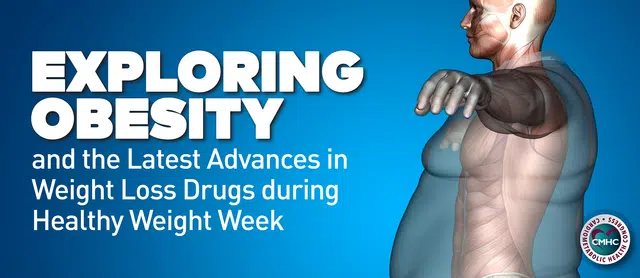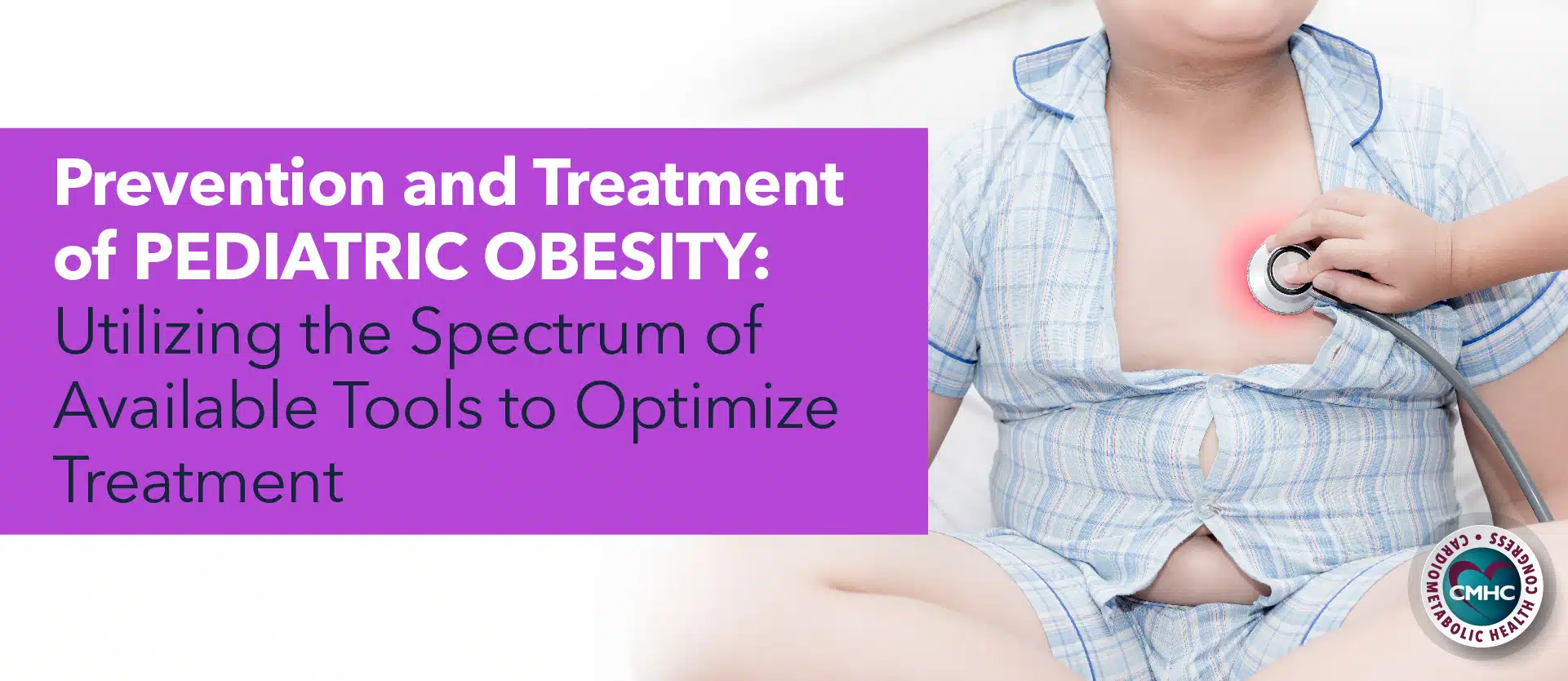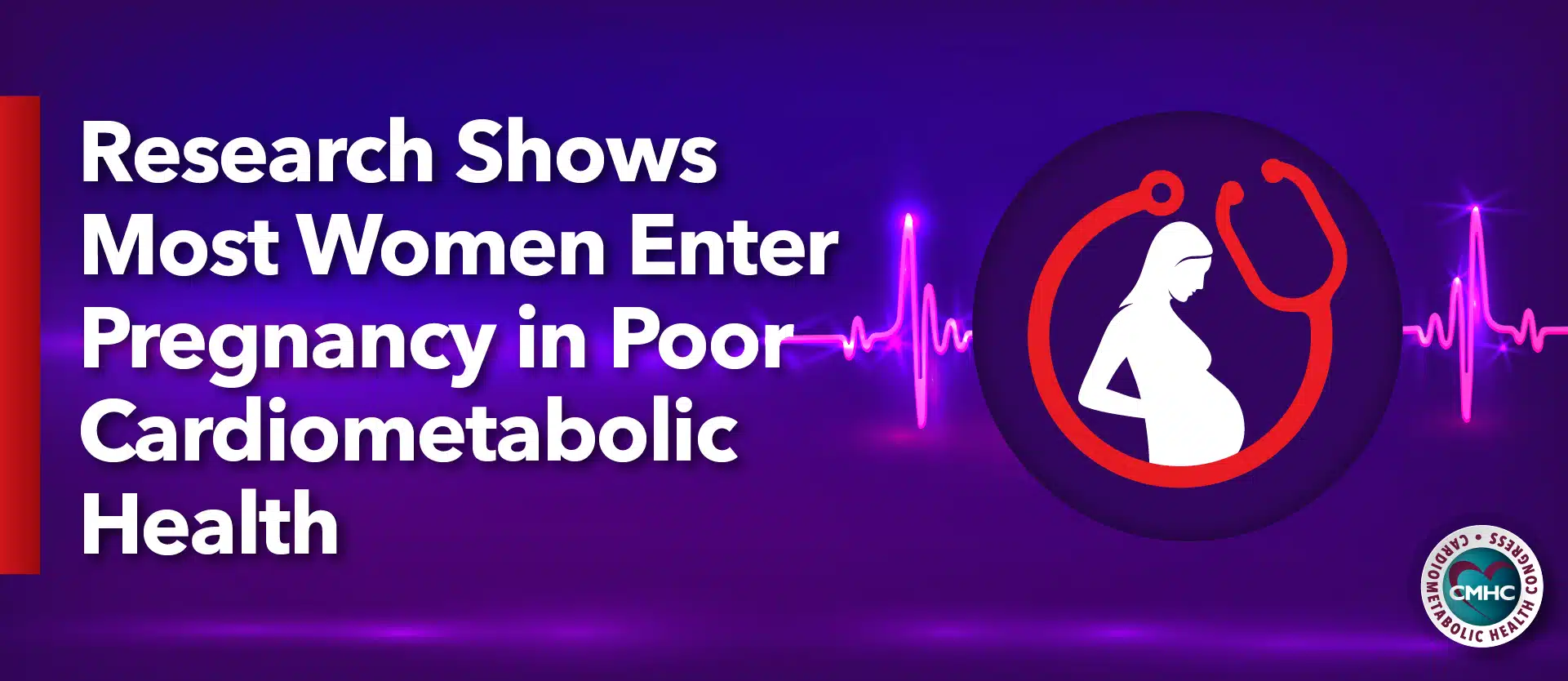Currently, around 90 million U.S. adults are classified as obese with a disproportionate amount of socioeconomically disadvantaged individuals affected. As recently proven, obesity can worsen COVID-19 outcomes alongside increasing the risk of cardiometabolic conditions, cardiovascular disease, type 2 diabetes, and other health conditions. Despite the significant disease burden placed on population health and the public health system, the management of obesity in primary care settings continues to lag behind that of other chronic conditions. Only recently has obesity become formally recognized as a disease, highlighting the need for improved prevention and treatment protocols across demographics and increased accessibility.
Obesity Management in Primary Care Clinics
Recently published in the New England Journal of Medicine, results of the Promoting Successful Weight Loss in Primary Care in Louisiana (PROPEL) trial advance the current knowledge regarding obesity management in primary care settings. The findings elucidate both the scope and intensity of interventions with a focus on underserved demographics.
The cluster-randomized trial examined data from 803 adults (67% black, 84% women) recruited from 18 primary care clinics across Louisiana. Participants were assigned to two groups, usual care and intensive-lifestyle intervention. Patients in the usual care cohort received routine medical care and health education materials throughout the course of the 24-month trial. Meanwhile, participants designated part of the intensive-lifestyle group received weekly counseling, personalized care, and tailored recommendations. This cohort received weekly counseling with 16 sessions conducted in person and 6 over telephone during the first 6 months of the trial. Afterward, they had monthly sessions through month 24.
Health coaches were trained by the research team and embedded in the primary care setting to deliver care and give patients personalized food-intake and calorie-intake targets. Patients were to weigh themselves daily using digitally connected scales and their nutritional and physical patterns were adjusted to help them meet their weight goals.
Intensive Lifestyle Interventions Show Real Results
The study’s author noted a significant improvement in meeting weight loss targets when combined with strategic expert care. At the 12-month benchmark point, participants in the intensive-lifestyle group lost a mean of 6.75% of their baseline weight while those in the usual-care group only lost an average of 0.59%. In addition, participants within the intensive-lifestyle cohort reported significant improvements in multiple components of quality of life, including physical function and work.
Overall, the researchers’ findings revealed black patients lost approximately 2% less weight than patients of other races and ethnic groups at the 12-month mark. For the time being, the reasons for this disparity are unknown but experts believe they may include a lower resting energy expenditure in black women compared with that of their non-Hispanic white counterparts.
Out of the 803 total participants, 50.7% reduced their baseline weight by at least 5% – the best categorical weight losses observed in primary care studies, especially those involving socioeconomically disadvantaged patients. “Although patients in the intensive-lifestyle group in the PROPEL trial, on average, regained weight from month 12 to month 24, most likely because of the reduced frequency of counseling visits, they nevertheless maintained a mean 5% reduction at month 24,” the study’s authors noted.
The findings from the latest PROPEL trial reveal that it is possible for socioeconomically disadvantaged persons to lose clinically substantial amounts of weight when provided the intensive behavioral therapy and professional support necessary in primary care settings. The issue of how to ensure that all Americans, including those in underserved areas, receive the same reimbursed care for weight management that they have for other chronic conditions that stem from obesity – the root of the problem. The current lack of such targeted, accessible care contributes to the growing burden of widening health disparities in the nation which are only becoming more apparent in the face of a public health crisis.


















